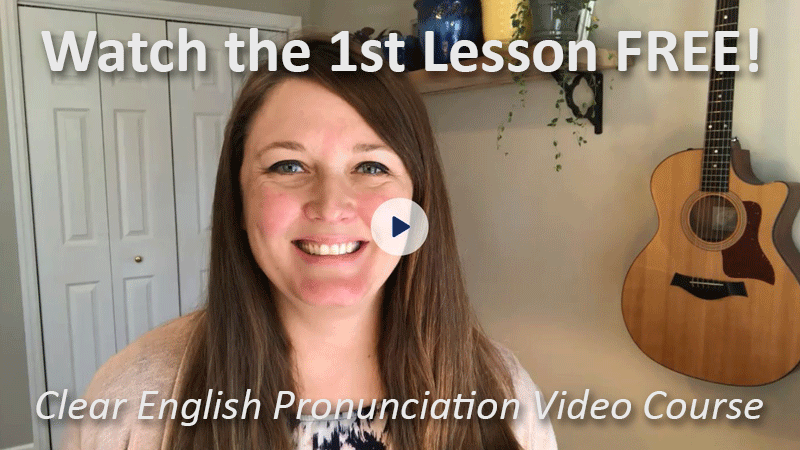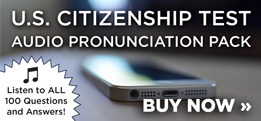15 Rules For Using A Comma

Commas are tricky. As an ESL teacher, I have seen commas misused in dozens of ways. So how do you use commas correctly? One simple trick I share with my students is that if they read a sentence out loud, they will hear themselves momentarily pause where there should be a comma. This is not foolproof, but it’s a fast way to double check yourself.
To dig deeper into this subject, I’ve put together these 15 rules for using commas. I’ve also added an example or two for each comma rule so you can better understand them.
Rule #1:
Use commas to separate words or phrases in a series of three or more.
Examples:
I need to pick up bananas, tuna, bread, and ice cream from the grocery store today.
Our company wishes to grow our customer base, increase our profits, and expand to other markets.
Rule #2:
Use a comma to separate a list of adjectives or adverbs when the word and can be inserted between them.
Example:
The man sported a scruffy, coarse beard.
Rule #3:
Use a comma to separate independent clauses when they are joined by any of the following seven coordinating conjunctions: and, but, for, or, nor, so, yet. You do not need to use a comma if both independent clauses are short.
Examples:
We agreed to come with Sarah, but we told her that we would need to leave early.
The police warned the crowd that they couldn’t stay, but the protesters refused to leave the area.
Rule #4:
Use commas after introductory phrases and clauses that come before an independent clause. If the introductory phrase has fewer than three words, the comma is optional.
Examples:
When the clock struck midnight, the carriage turned back into a pumpkin.
After you leave school, make sure to pick up the mail.
Next Saturday we will be getting married.
Rule #5:
Use commas around interrupting words like therefore and however.
Example:
I would, therefore, like to continue this conversation at another time.
Rule #6:
Use a comma after introductory adverbs.
Examples:
Fortunately, Samir had remembered to back up his files.
Unsurprisingly, Raul passed the class with flying colors.
Rule #7:
Set off titles with commas.
Example:
Sarah Martinez, D.D.S., is our family dentist.
Rule #8:
Use commas when directly addressing a person.
Examples:
Have you, Millie, considered going to college?
What do you think that means, Doctor?
Rule #9:
Use commas to avoid confusion.
Example:
To Monica, Janice was slightly annoying.
Rule #10:
Use a comma to separate a statement from a question.
Example:
You’re a senior in college, aren’t you?
Rule #11:
Use a comma when the first word in a sentence is yes or no.
Examples:
Yes, I’ll come with you to the dance.
No, I haven’t submitted the document yet.
Rule #12:
Use commas before and after a quotation within a sentence.
Examples:
Mrs. Rucker said, “Make sure you finish your homework before you go out with your friends.”
“Style and class,” she said, “are the keys to elegance.”
Rule #13:
Use commas around nonessential relative clauses, meaning clauses that do not change the meaning of the head noun. Do NOT put commas around essential relative clauses, meaning clauses that are essential to understanding the head noun.
Examples:
Mr. Perryman, who enjoys playing golf, decided to retire in Florida.
The boy who lives next door to us is in the fourth grade.
Rule #14:
Use a comma between the a city and state and after the state. If you use the two-letter abbreviation for the state, you do not need a comma after the state.
Examples:
We bought our new car from a dealer in Chicago, Illinois, last Wednesday.
We bought our new car from a dealer in Chicago, IL last Wednesday.
Rule #15:
When writing out dates, insert a comma after the month and after the year. Do not insert a comma if the date is missing the day or the year.
Examples:
We celebrated our first Valentine’s Day together on February 14, 2010, in Nashville.
We celebrated our first Valentine’s Day together on February 14 in Nashville.
Need to study more about proper punctuation? Be sure to read my post, 4 Rules of the Semicolon.
Happy learning!
Andrea



Also I use a comma when I waan to express I am thinking or I can’t say anything,,, like this!!!!kkkkk
Approve—
Josh Michael
615-887-1758
about.me/joshmichael
That’s really funny, but not very effective! 🙂
Many native speakers use periods for this, like ……….
That’s true. It usually means that we have more to say that we don’t want to write.
I had a question ~~
Rule#3
Use a comma to separate independent clauses. This rule I can understand.
But if we want to connect one independent clause and phrase, we don’t need to have a comma, right??
For example:
I live in the U.S.A. but not in Taiwan.
Is that correct??
Thank you so much~
No, you would need a comma. You actually wouldn’t need the word “but” either. The reason for the comma is a variation of rule #13. It’s additional, parenthetical information that’s being added. Great question!